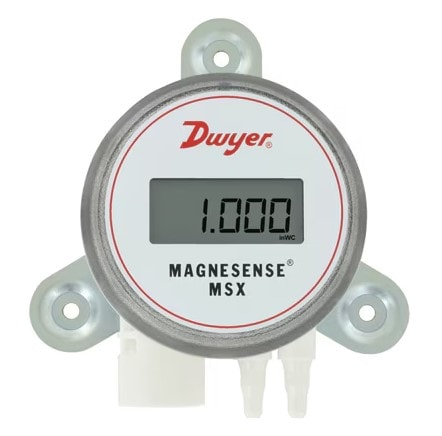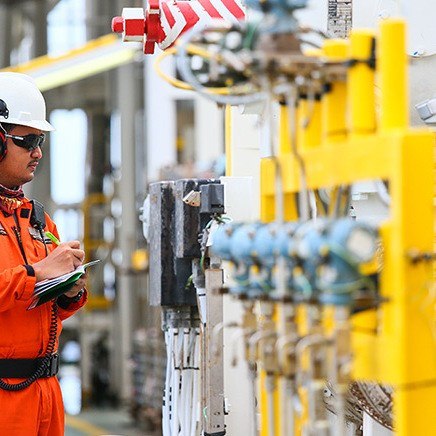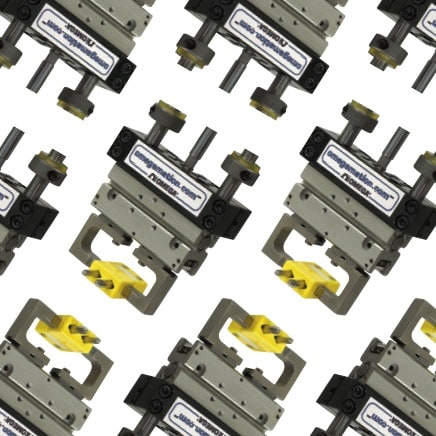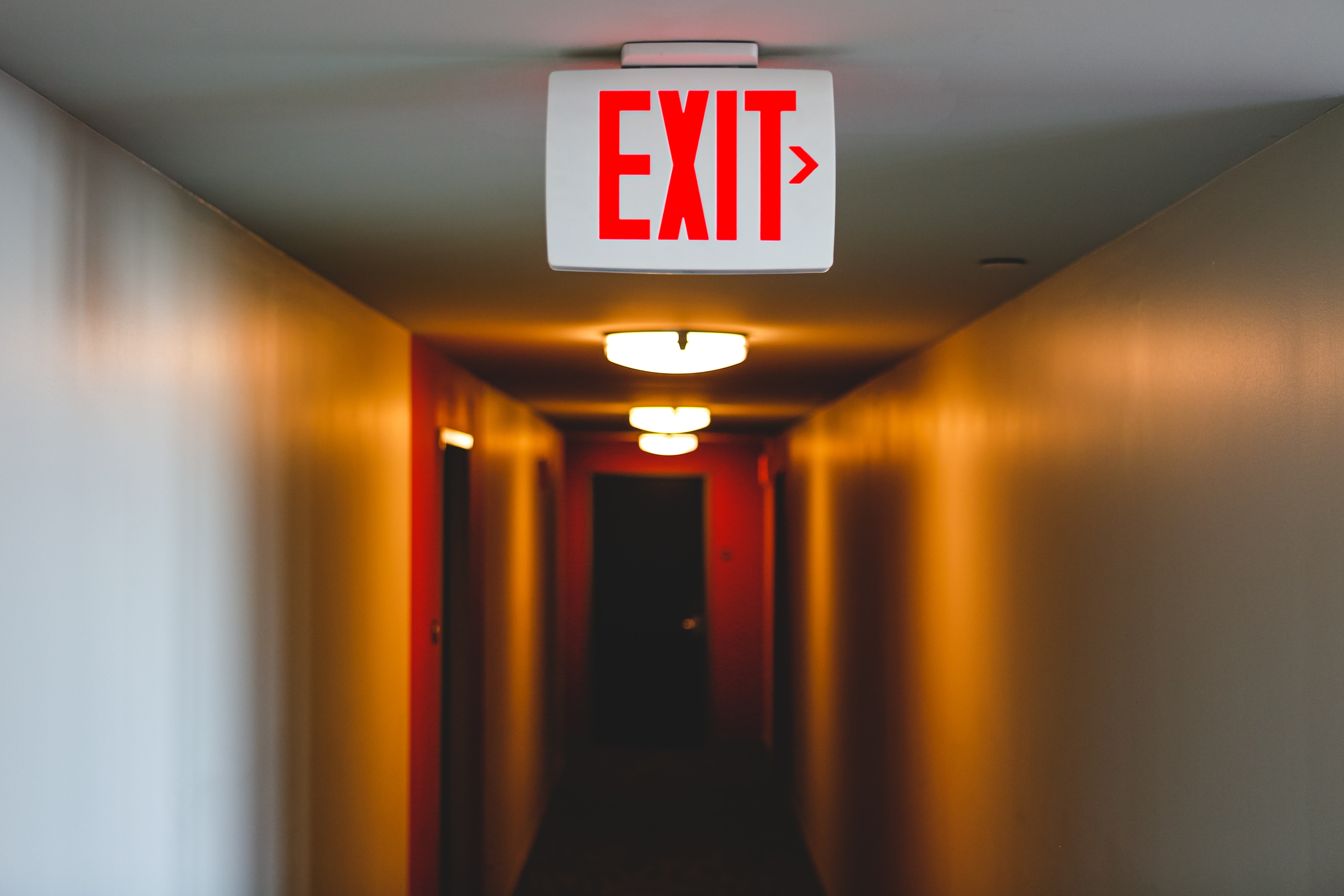
Picture this: You wake up with a start to the sound of crackling flames and the screech of an alarm. A nearby apartment unit has caught fire, and you need to get out before it spreads to the rest of the building. You go through the motions: grab the keys, check the doorknob, keep low to the ground. You bypass the elevator and head to the stairs, making your way outside to safety.
Modern high-rise buildings feature staircases designed to protect you in case of a fire. Staircases have a higher fire rating than the rest of the building, which means the stairs aren’t as likely to catch fire. Additionally, stair pressurization systems utilize clean air from outside to push smoke (which naturally rises) back onto the floors. This helps to make sure the smoke doesn’t fill up the stairwell, meaning easy breathing on the way down.
What is Stairwell Pressurization?
Stairwell pressurization is a life-saving building safety feature that prevents smoke from infiltrating stairwells during a fire. By maintaining a higher air pressure inside stairwells than in adjacent spaces, clean air is forced outward, keeping escape routes clear for occupants and providing safer access for emergency responders.
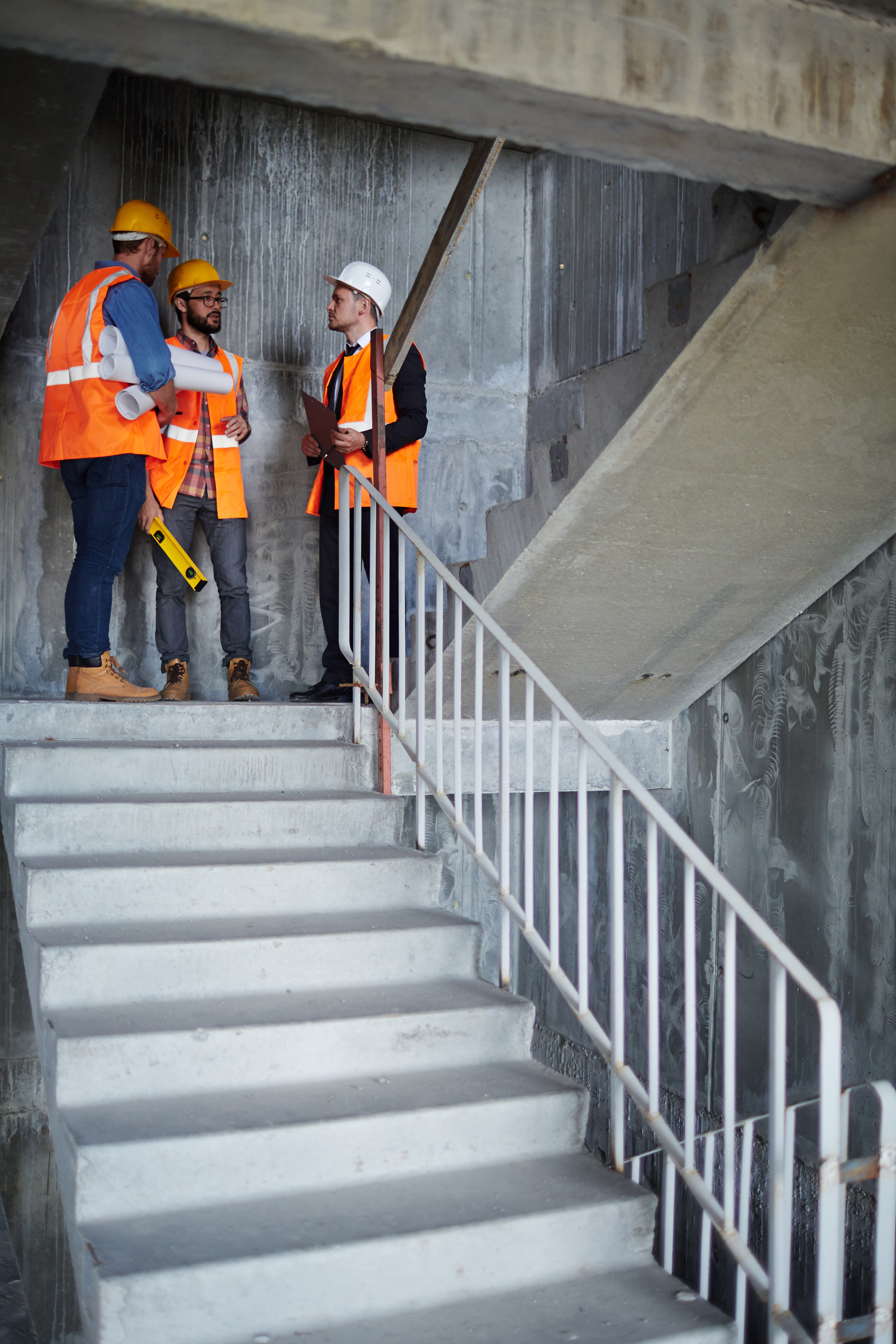
This is especially critical for high-rise buildings, where stairwells serve as primary means of egress during emergencies. Without pressurization, smoke can rapidly fill these shafts, compromising evacuation and rescue efforts. Pressurization systems address this by delivering filtered air into the stairwell, forming a protective barrier against smoke intrusion.
How Stairwell Pressurization Systems Work
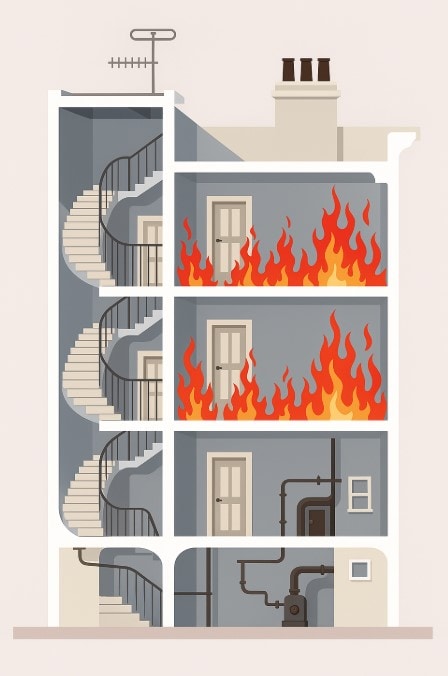
These systems activate automatically during a fire alarm. Fans introduce clean air into the stairwell, monitored and regulated by differential pressure sensors and dampers to maintain a consistent pressure range (typically 0.05–0.15 in w.c.). The positive pressure ensures that when doors are opened, smoke-laden air from hallways cannot enter the stairwell.
Key Components
-
Fan/Stairwell Controller - Engages to supply fresh air when fire alarms trigger.
Differential Pressure Transmitter - Measures the pressure differential to ensure regulatory compliance and effective operation.
Damper Actuator - Modulates airflow to maintain the target pressure range and prevent door operation issues caused by over pressurization.
The fan for the stair pressurization system doesn’t need to run all the time. That would waste energy and increase building costs. Running the fan continuously may also result in over pressurization (excessive positive pressure) on the fire exit door, preventing the door from opening. Therefore, the fan needs to be notified when to turn on in case of emergency.
Compliance Standards and Best Practices
Pressurization systems are often required by building and fire safety codes established by recognized organizations and regulatory authorities, such as the National Fire Protection Association (NFPA) for smoke control. Best practices include:
- Routine calibration of differential pressure sensors
- Functional testing during fire drills
- Integration with building automation systems for monitoring and alerts
DwyerOmega Solutions
DwyerOmega offers high-performance pressure sensing products ideal for stairwell pressurization applications. The Series MSX Magnesense® Differential Pressure Transmitter is a top choice example, delivering:
- High accuracy for maintaining consistent pressure
- Dual voltage and current outputs for flexible integration
- Alarm signal capabilities to trigger local or central alerts
Real-World Benefits
In the event of a fire, a functioning stairwell pressurization system plays a critical role in preserving safe evacuation paths by keeping stairwells clear of smoke. This not only reduces the risk of smoke inhalation for building occupants but also enhances firefighter access to upper floors, allowing for faster and safer emergency response.
Contact a DwyerOmega Expert Today!
